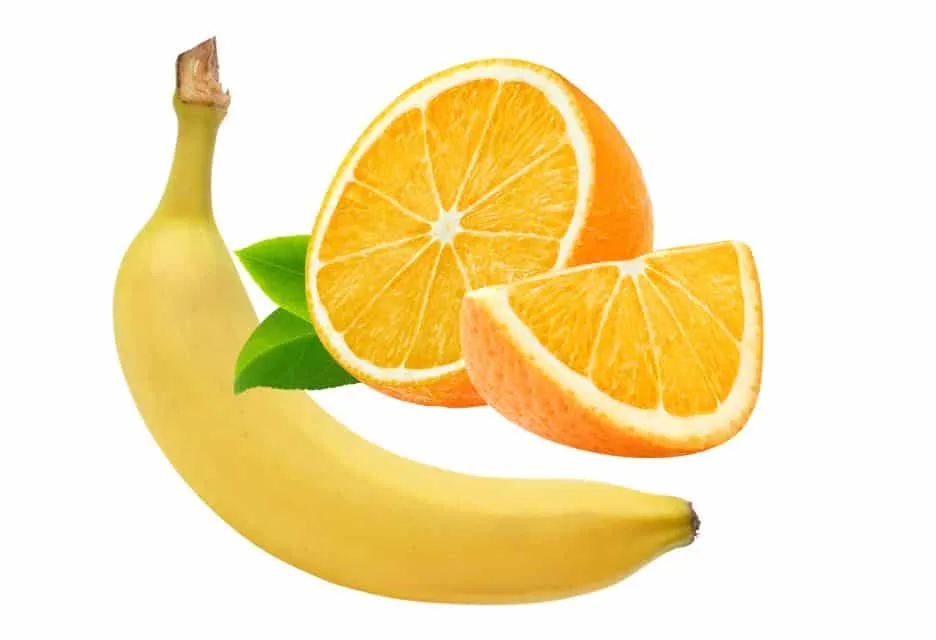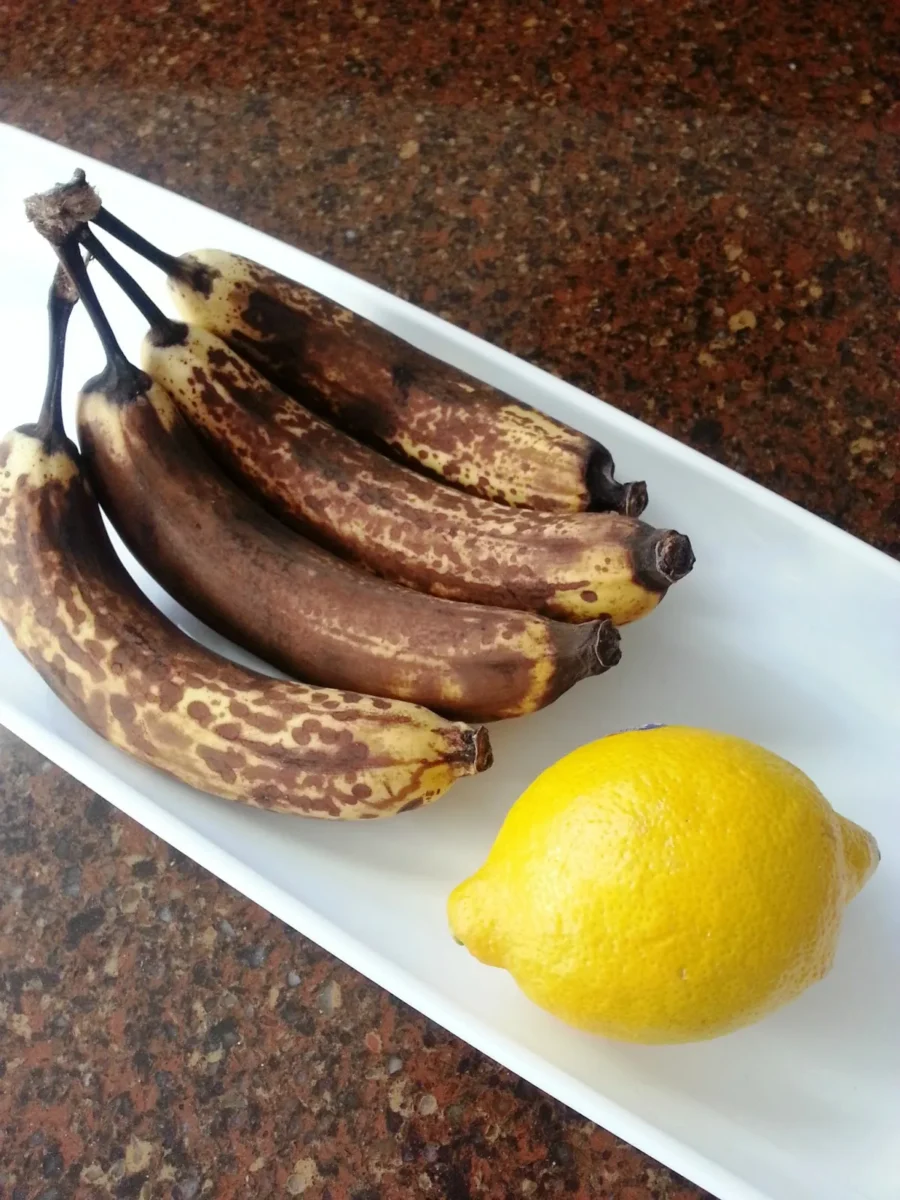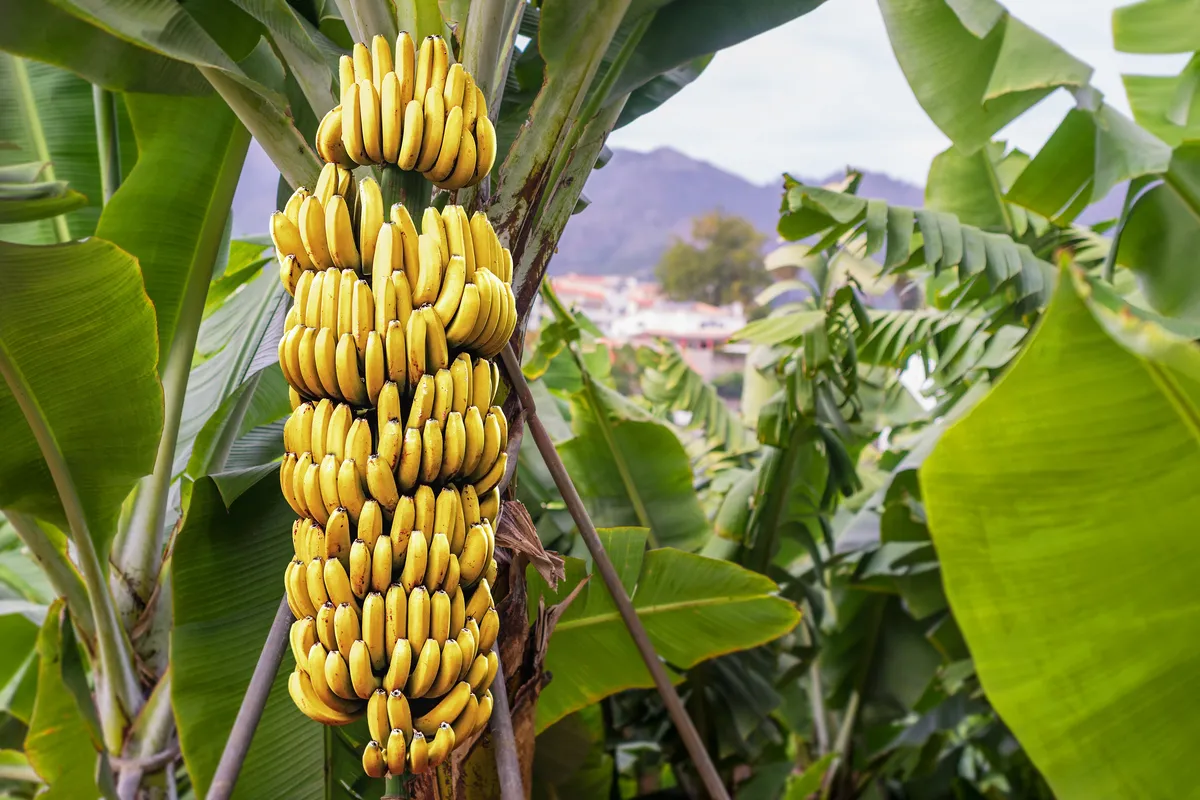Did you know that bananas ranked at the top (tied with apples) as themost consumed fruitin 2018? Sixty-nine percent of customers bought bananas in 2018.
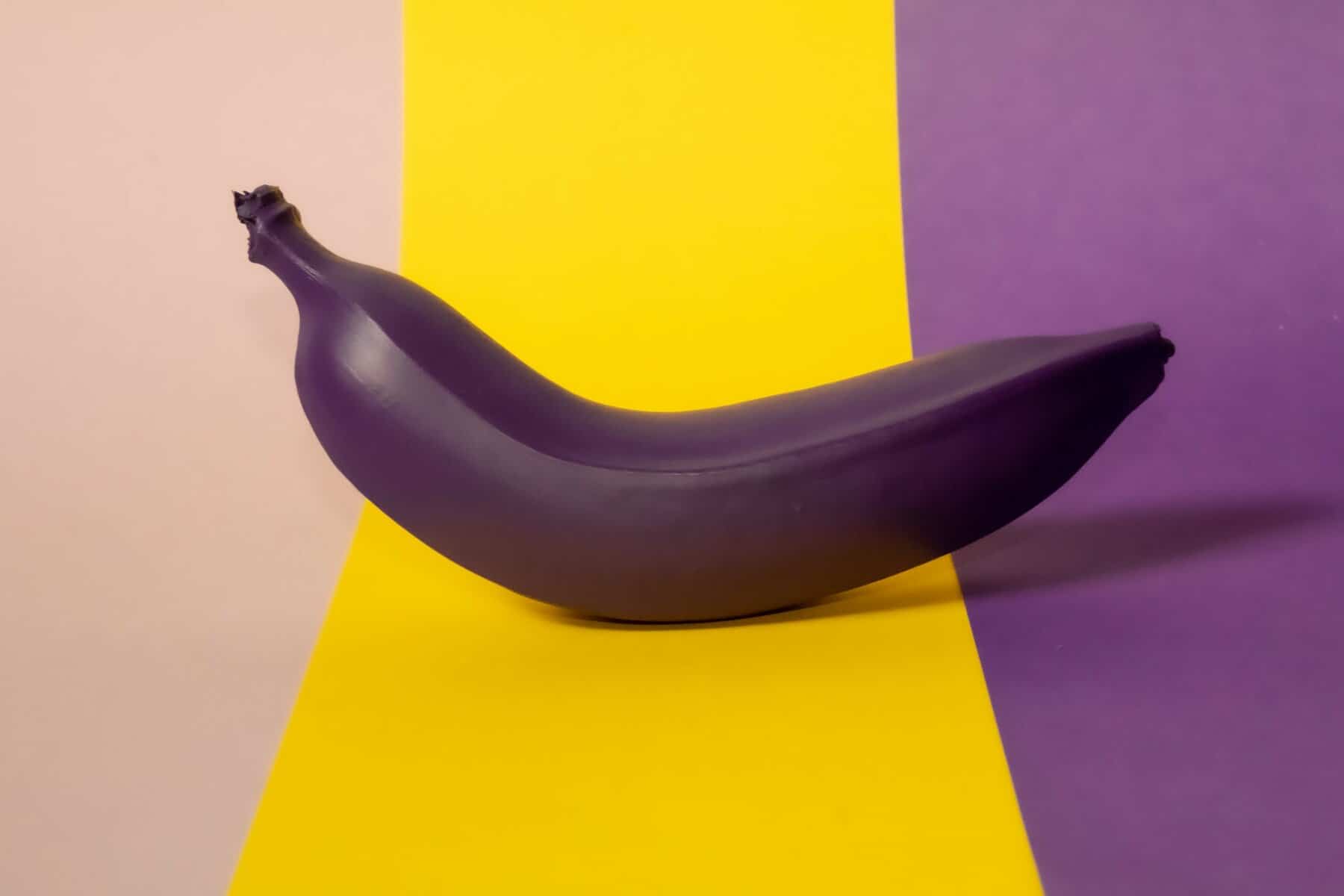
Are you a banana lover? Hold on. You are about to be blasted by a barrage of banana facts that will make you the top banana. Enjoy.
Biology of Bananas
Bananas come from theMusa acuminata.Acuminata means long-pointed or tapering. This refers to the flowers that produce the banana, not the banana itself.

Most people, at one point, ponder whether a banana is, in fact, afruit or a vegetable. First, you must understand what differentiates the two.
Botanically speaking, a fruit is the seed carrying, ovary part of the flowering plant. A vegetable comes from some other part of the plant such as the roots, leaves, and stems.
Banana plants represent the largest perennial herbaceous flowering plant. Bananas don’t carry seeds. So, are they herbs?
Bananas begin inside the banana heart, which has petals that open to reveal blossoms. The bananas develop from these blossoms, growing from the ovary of the flower. This meets the criteria for a fruit.
You may wonder where their seeds are. They are those tiny specks in the middle of the banana. Banana seeds were once larger, but they did not grow new plants, so humans bred them away.
Botanically, bananas meet the definition for both a fruit and an herb.
Beginning of Bananas
Antonius Musa served as the personal physician to the Roman emperor Octavius Augustus. He is first credited with promoting the cultivation and growth of bananas from 63 to 14 B.C. Later, in the early fifteenth century, Portuguese sailors took to bananas from West Africa to Europe.
The original Guinean name wasbanema.Thiswas first found in print in the seventeenth century. The name later became anglicized to banana.
Even though the banana thrived in Africa, sources believe it originated in East Asia and Oceania. Today, North Americans can thank the Spanish missionary, Friar Tomas de Berlanga, for bringing the banana from the Canary Islands and West Indies.
Breeding the Bananas
In the beginning, bananas were not sweet and yellow. They were red and green. Fear not, we still have the original version, which we callplantains.

The yellow, sweet banana is a mutated variety of the plantain. It was first discovered by Jamaican Jen Francois Poujot in 1836. He found one banana tree on his plantation growing yellow fruit instead of the red or green variety.
After tasting the yellow bananas’ sweetness in its raw form, he began cultivating this variety of bananas. Soon the yellow bananas were exported from the Caribbean to New Orleans, Boston, and New York.
The sweet banana was all the rage at the 1876 Philadelphia Centennial Exposition. The civilized set ate them with a knife and fork, of course.
The bananas we eat today are the Cavendish bananas. The first variety, the Gros Michel, became extinct in 1960. At that time, bananas became infected by a fungus calledPanama disease, leading to their extinction.
Beauty from Bananas
Find yoursecret to a beautifulyou inside the golden banana. The banana is the queen of potassium. It also contains carbohydrates, vitamins, and natural oils to soften skin and hair and nourish your body. They are beneficial inside and out.
Go ahead and mash up some banana and add it to your mask. In addition to its nutritional benefits, the banana has an antibacterial agent. This helps to attack blemishes and hydrate your skin.

« The Ultimate Guide to Safely Cutting Bananas for Your Baby’s First Food
How to Make Delicious Banana Bread with Honey: Step-by-Step Recipe and Expert Tips »
Check out these banana masks.
Banana Gentle Exfoliating Scrub
Ingredients
- 1 banana
- small handful oatmeal dry
- 1 tbsp coconut milk
Bananas help treat other skin problems as well.
- Puffiness relief: eating a banana decreases puffiness by balancing sodium in your body that causes fluid retention
- Cracked heels: apply 2 ripe, mashed up bananas to clean, dry feet and put them in socks for up to 10 minutes and then rinse
- Whiten your teeth: rub banana peel on your teeth for 2 minutes when you brush your teeth
- Dry hair and/or itchy scalp: apply two ripe bananas and one avocado puree to hair for 20 to 30 minutes
Go ahead and eat the banana before or while you are using its peel.
Banana Bandaids and Wellness?
Bananas are wellknown for their potassium, but they also contain a wealth of other nutrients including:
- Vitamin B6
- Vitamin A
- Vitamin C
- Vitamin E
- Zinc
- Lectin
- Amino Acids
Bananas prove useful for day-to-day first aidas well. They can also resolve minor health problems.
- Get rid of splinters: press a banana peel on the splinter for 12 to 24 hours and let the fruit’s natural enzyme get the splinter out
- First aid: banana peels help speed up the healing process of bruises and bug bites
- Itchy skin: rub a banana peel on swollen, itchy, red skin to decrease swelling
- A pick-me-up: eating bananas decreases fatigue and increases stamina
- Sleep aid: bananas contain hormones and carbohydrates that help the brain fall into a natural sleep
This is a lot of power in a small prepackaged snack.
Botanical Banana Benefits
STOP! Don’t throw away that banana peel. Use those peelsin your garden
Banana peel tea
This provides a mineral boost to your plants. Put a banana peel in a mason jar full of water for 48 hours.
Remove the banana peel and water your plants with your banana peel tea.
Fertilize with banana peels
Chop up the banana peel and bury it 4 inches in the soil of your garden. If planting vegetables, bury the banana peel first. Then plant your vegetables so that the roots won’t touch the peel.
You can also use the whole banana peel. When the peel breaks down, the vitamins will travel to the roots and provide a nutrient bump. It will also keep aphids away.

Dry fertilizer
Dry the peels and then grind them up to make fertilizer. Mix this in your soil to add nutrients to your flower and food gardens. Avoid putting it right on the plant roots.
Create an insect trap
Combine small pieces of banana peel with vinegar in a recycled container and shake well. This releases the scent of the banana.
Make holes large enough for bugs to enter the container. Place outdoors and decrease your insect population.
Bigger flower blooms
Submerge banana peels in water and place a weight on top of them, so they don’t float to the top. Cover the container with a cloth and rubber band or loose-fitting top.
Allow mixture to sit for a week to let good bacteria grow and release the banana peel nutrients. Place peels in a blender and puree them. Use the water for other plants.
Place the puree just below the soil around your blossoming plants. Then water thoroughly.
Back-at-Home Banana Bonuses
Bananas have many uses around the home front.
Polish leather & silver.Rub banana peels on the surface and buff with a cloth.
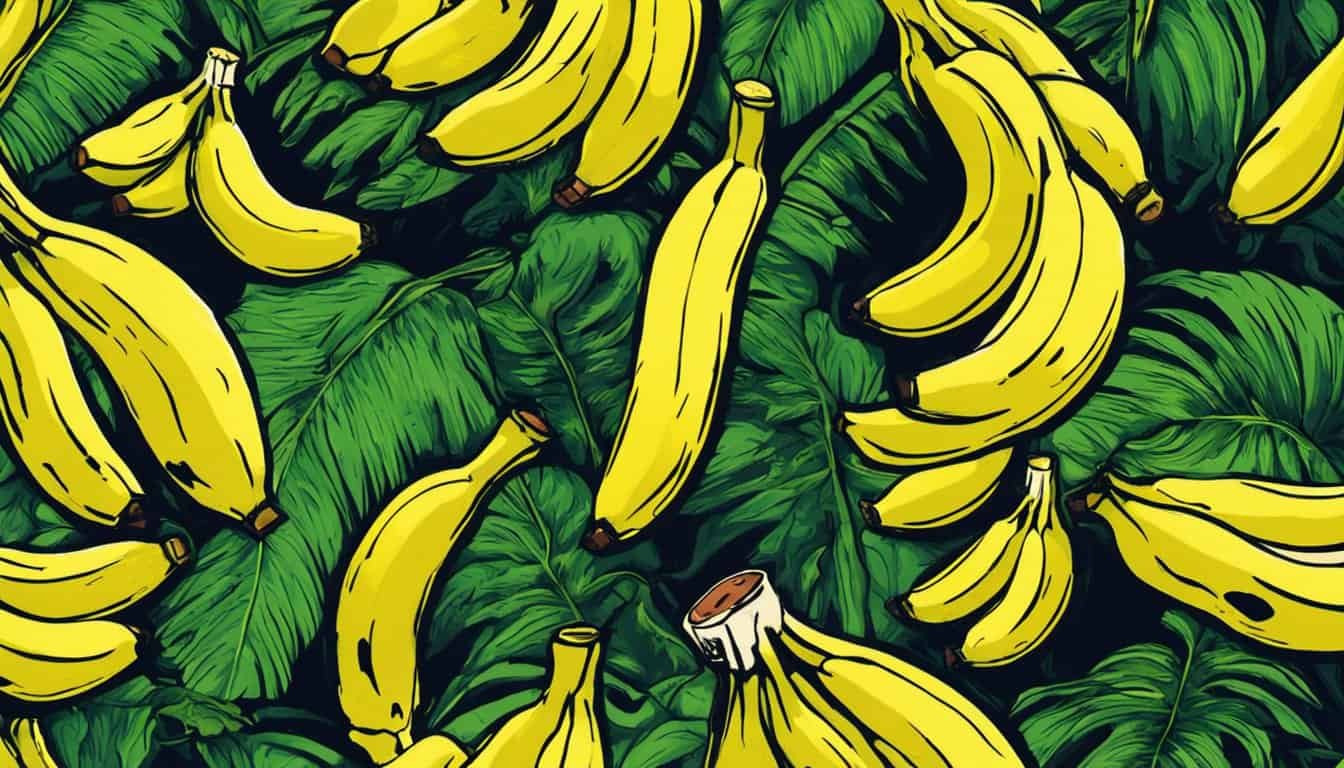
Dog Treats. Bananas are safe and healthy treats for your dog.
Make “Ice Cream”.Do you want something sweet, but have limited time, calories, or budget? Put your bananas in the freezer until frozen solid. Blend them in a food processor or blender. Voila! A healthy frozen treat.
Frozen “Bananasicle”.Don’t stop now. Peel and cut ripe bananas in half across the middle. Stick an ice cream stick into the flat end. Place on wax paper in the freezer until frozen. Dip in melted butterscotch or chocolate. You can even add chopped nuts or shredded coconut. Refreeze before serving.
Meat tenderizer.Lay banana peels on meat while cooking. Or, you can add a ripe, peeled banana to the pan. Never serve tough meat again.
Breathtaking Banana Facts
Let’s wrap this up with some banana trivia that will amaze your friends.
- 92m tons of bananas are produced worldwide
- Asia produces the most bananas in the world
- Ecuador exports the most bananas in the world
- One out of every fivebananas eaten in the United States comes through the port of Gulfport in Gulfport, MS
- Bananas are related to the lily and orchid
- Ginger and cardamom are cousins of the banana
- Europe’s biggest supplier of bananas is Iceland which uses geothermal heat under the land to grow this tropical fruit
- Bananas are less dense than water, so they float
- Hawaii is the only place in the United States that grows bananas commercially
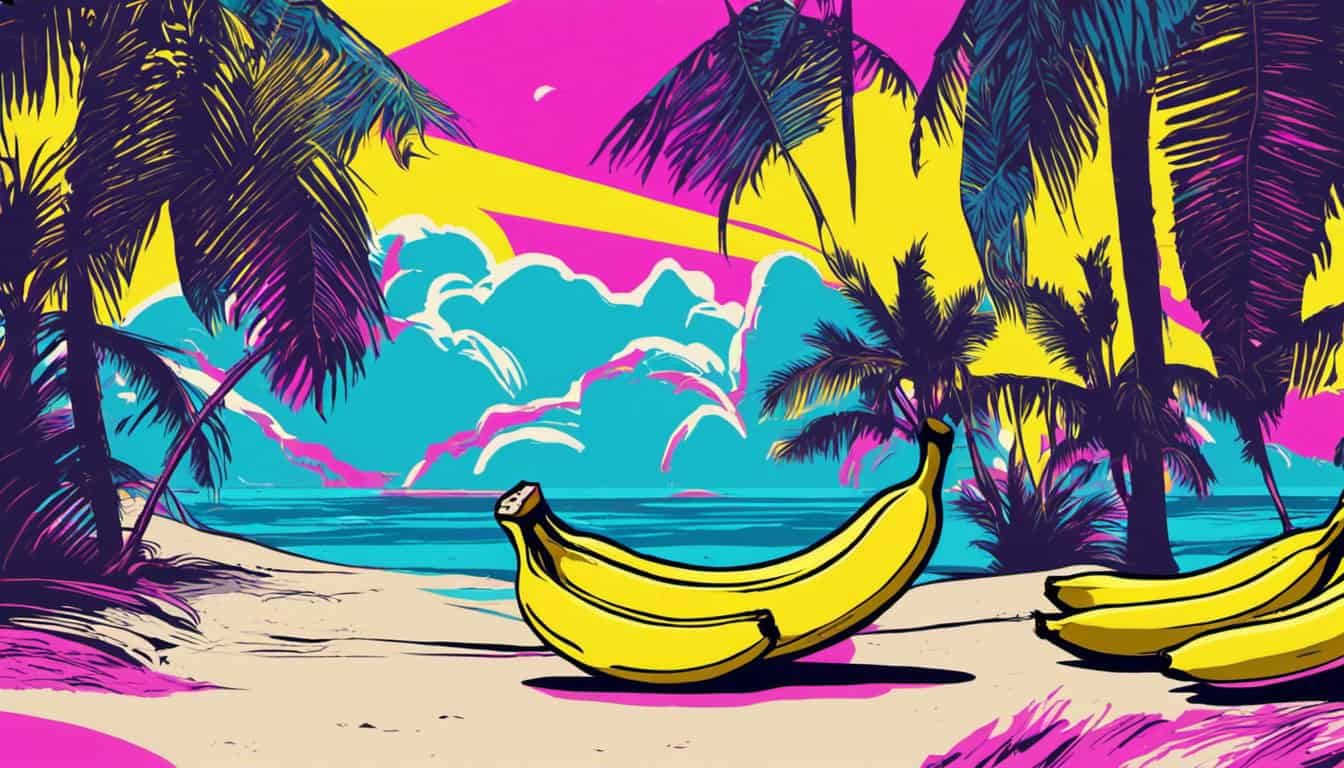
The best has been saved for last.
On March 6, 2011, Barcelona Marathon runner, Patrick Wightman from the United Kingdom set an amazing record. He’s renowned as the fastest marathon competitor ever dressed as a fruit. He finished in 2 hours, 58 minutes, and 20 seconds.
Yes fans, he dressed as a banana.
If you still haven’t gotten your fill of the fabulous banana, the Banana Club Museum is waiting for you. It’s located on Highway 111 in Mecca, CA. It houses the world’s largest collection with more than 17,000 banana items.
Been Bonanza’d by Bananas?
We have information about bananas galore. Learn more fun banana facts. You will also find health and beauty tips (like this one). What to know how are bananas grown and harvested? Check it out.
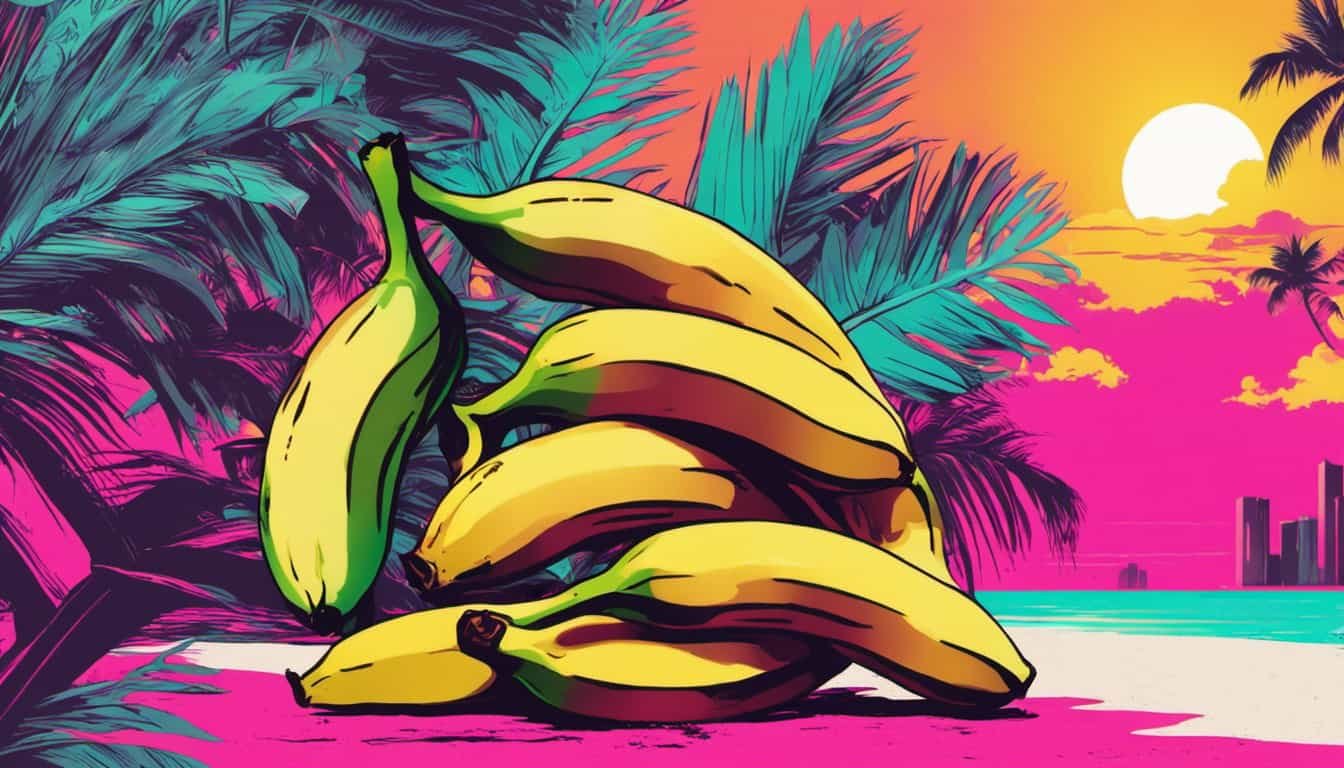
Don’t leave until you have written down the bestbanana bread recipeon the face of the earth. Visitother blogson our site today for fun and information.







